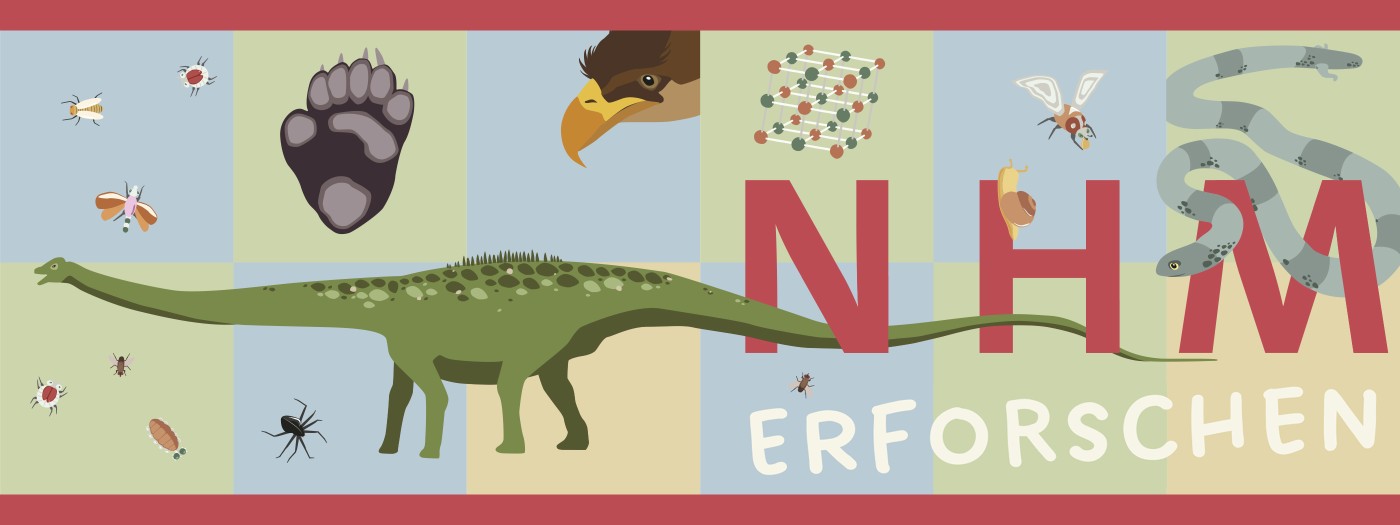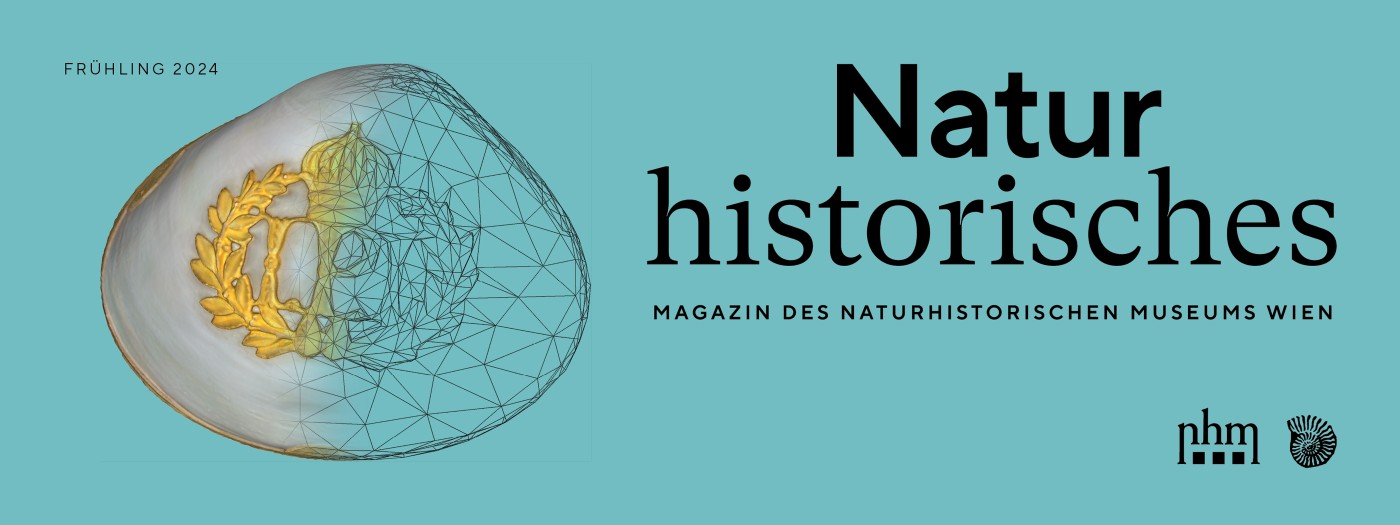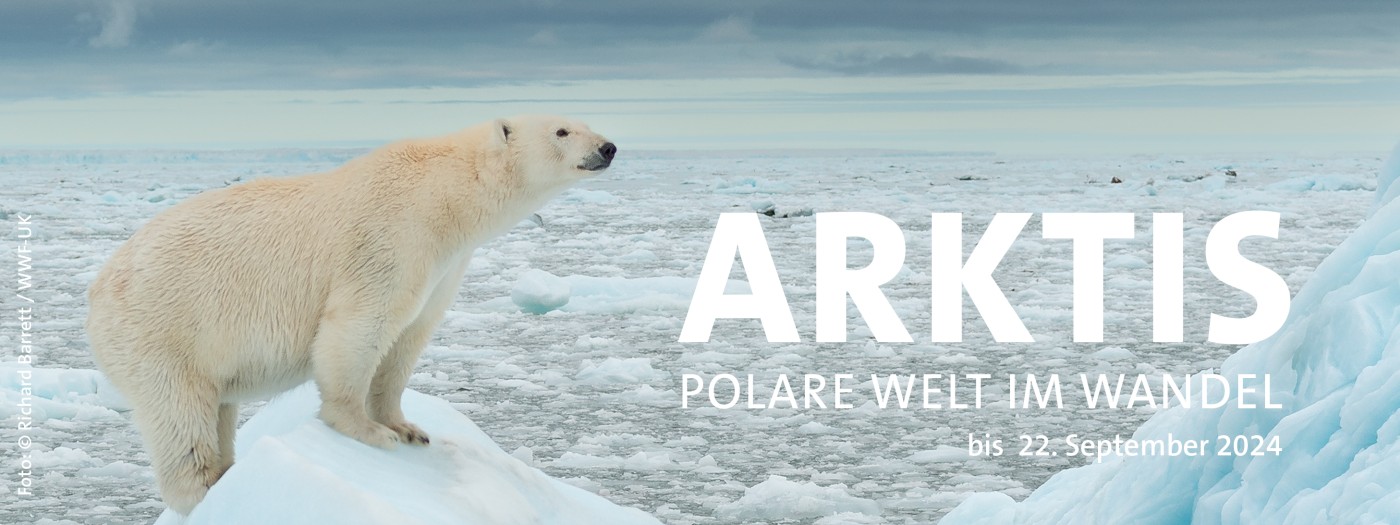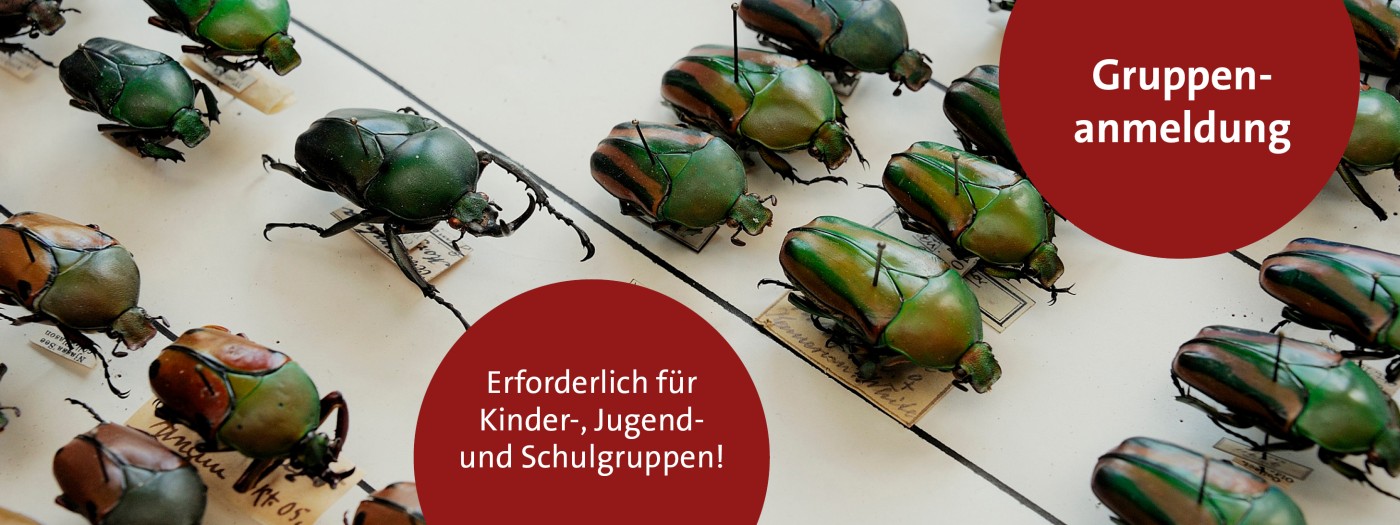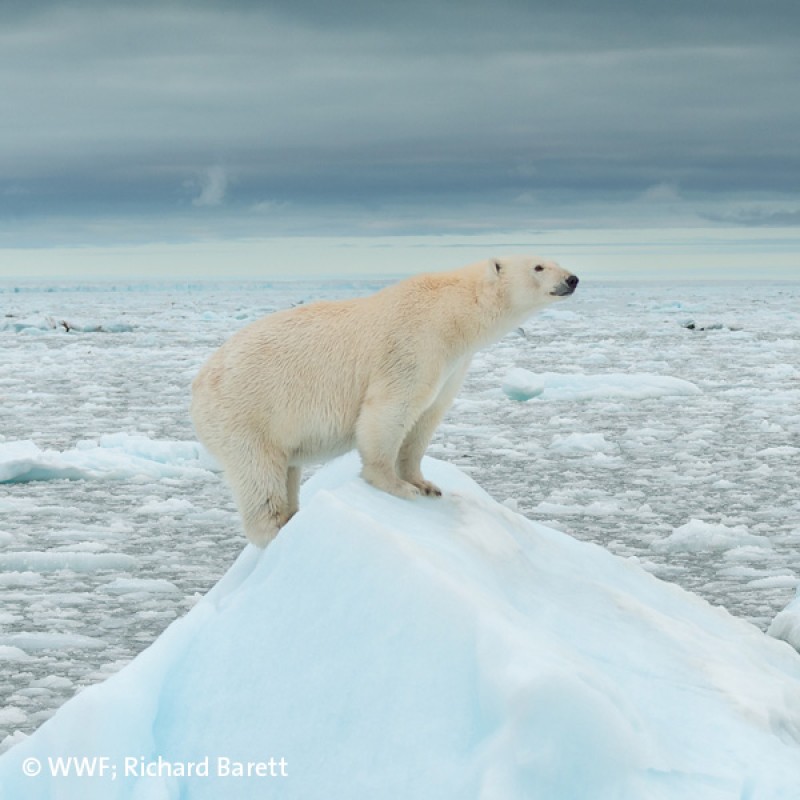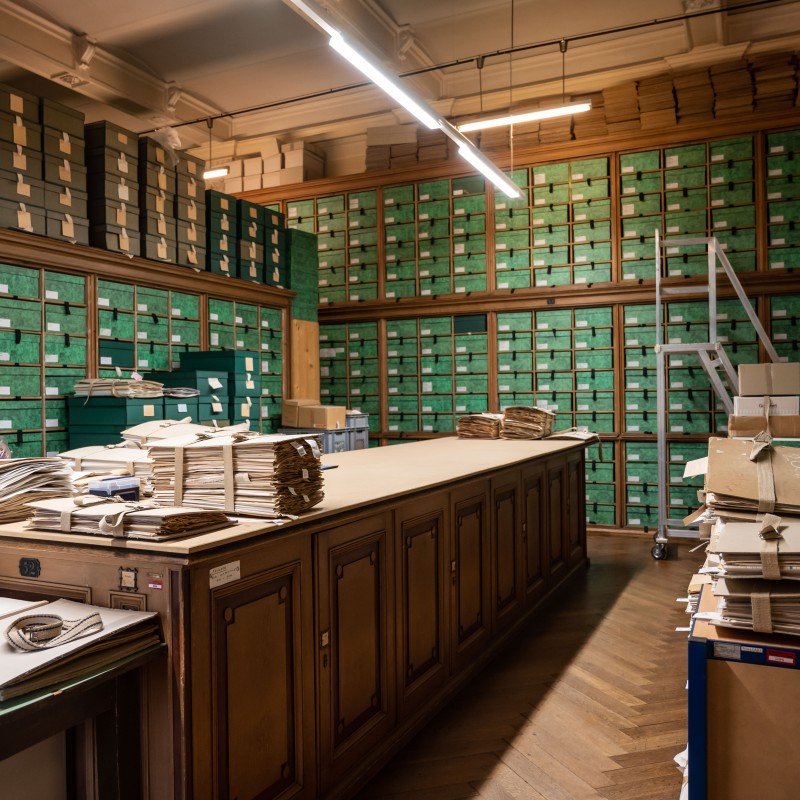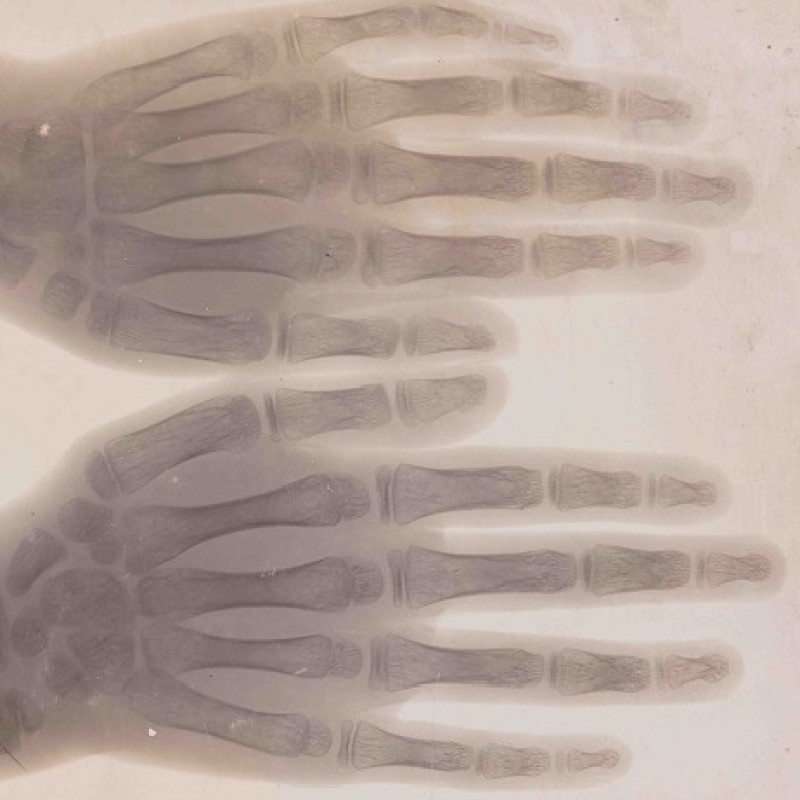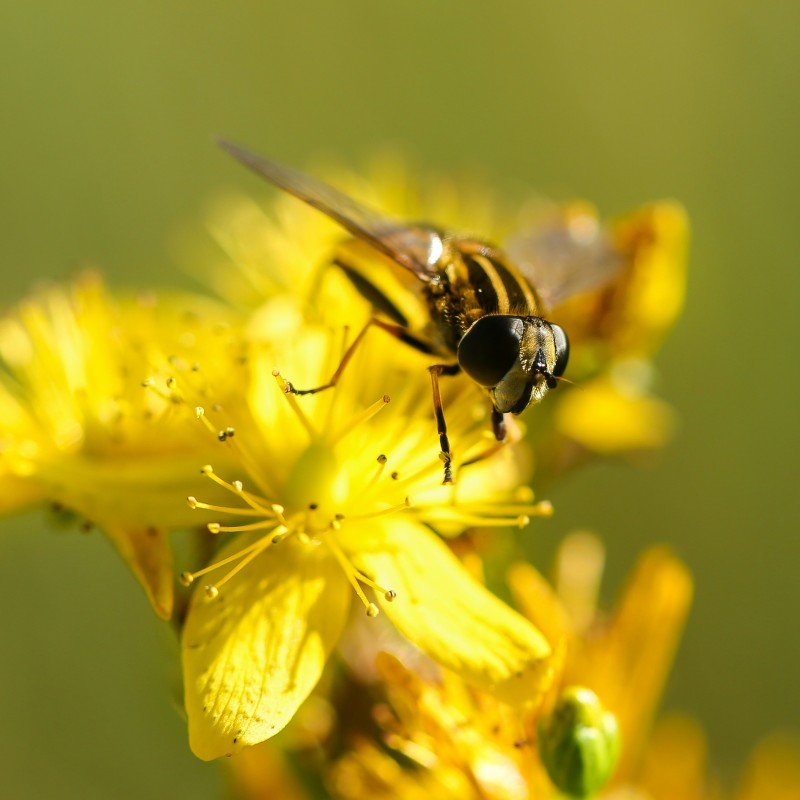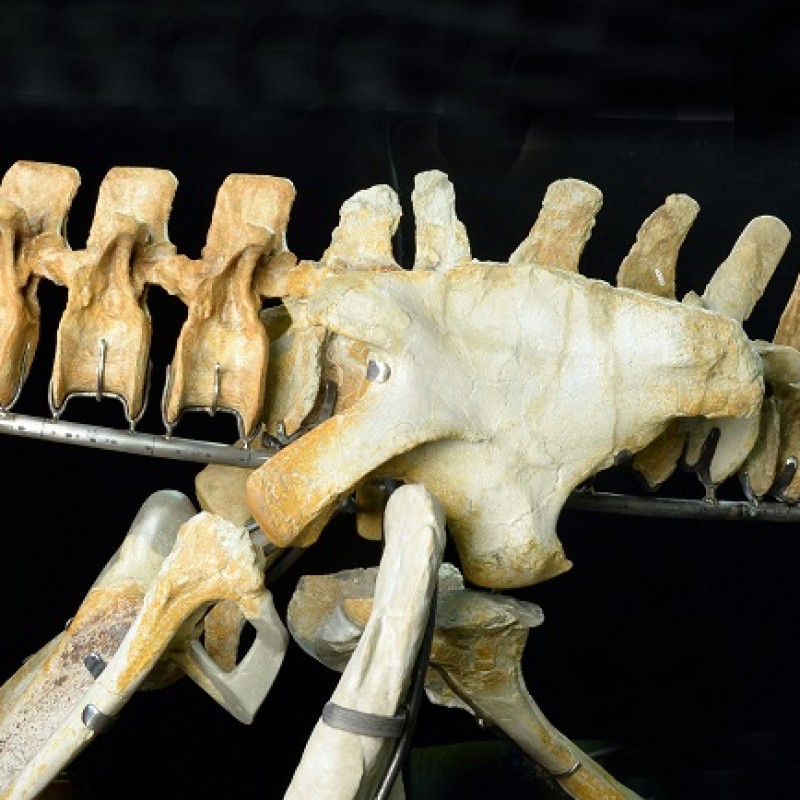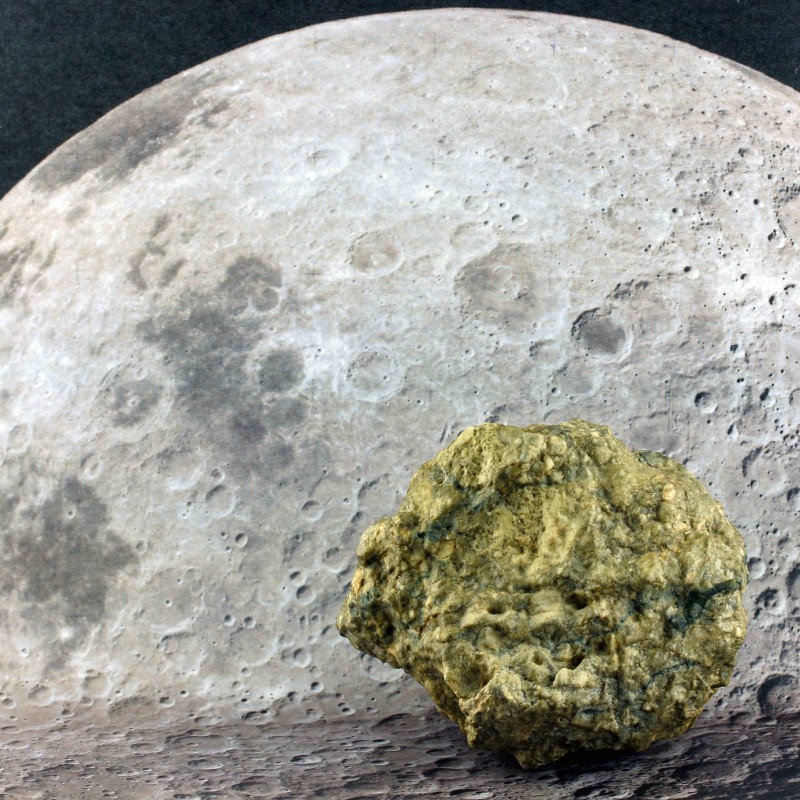Vielfalt Kennenlernen: City Nature Challenge
Fr, 19. April 2024, 15:00 Uhr
Mehr...
Die City Nature Challenge (CNC) findet an vielen Orten weltweit statt und lädt dazu ein, die wilde Natur in der urbanen Umgebung
zu erkunden und zu dokumentieren. Am Programm steht ein Impulsvortrag von Nikolaus Szucsich, der die CNC für Österreich seit
Jahren organisiert. Lernen Sie Schwebefliegen von ihren stechhaften Doppelgänger*innen zu unterscheiden und werden Sie rund
um den Insektenschutz kreativ. Zudem können Sie sich informieren, wie und wann Sie in Zukunft an Aktionen wie der CNC mitmachen
und so auch langfristig zur Forschung beitragen können.
Mehr...

